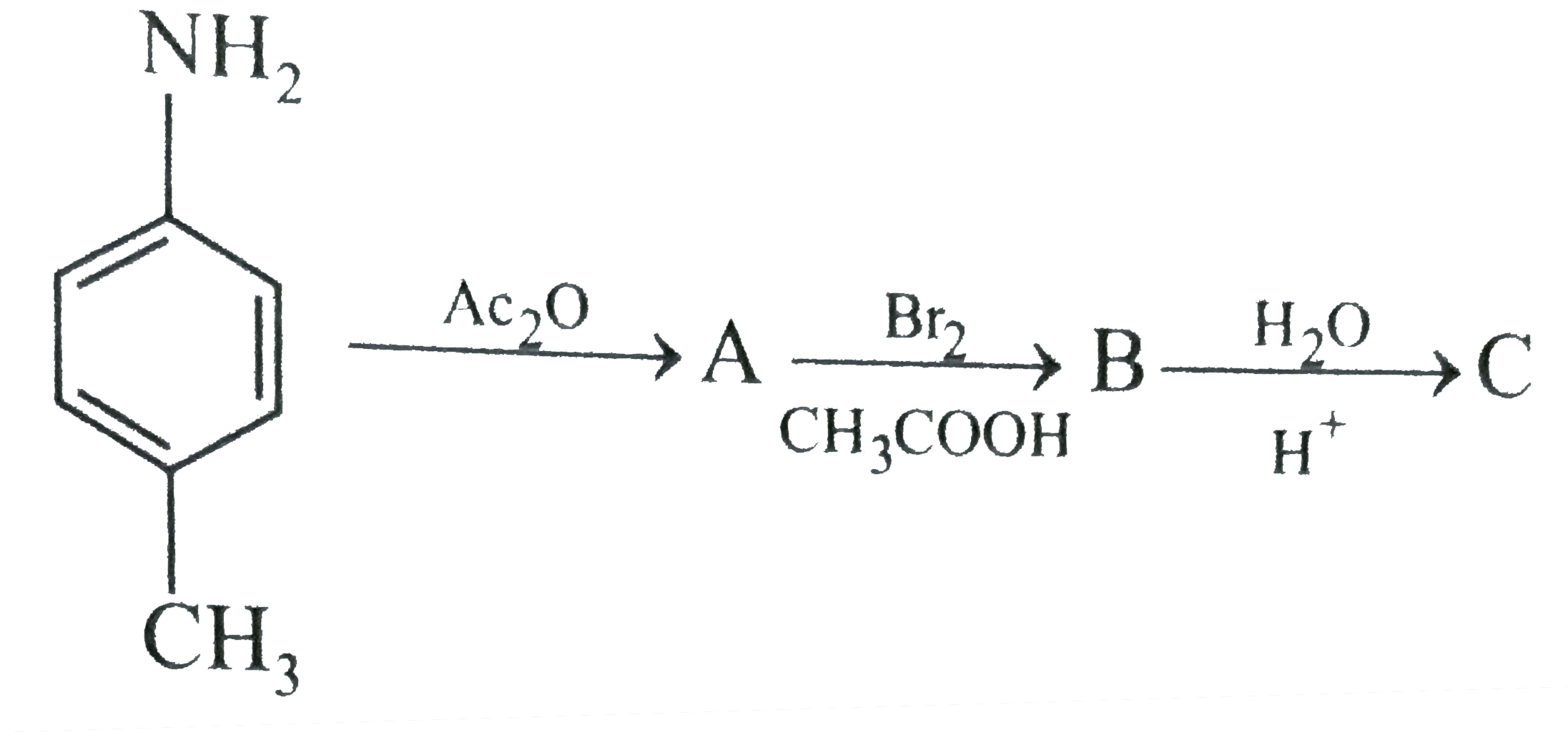In a reversible reaction Kc>KpandΔH=+40kCal. The product will be obtained in less amount at :-
High pressure , high temperature
Low pressure , low temperature
High pressure , low temperature
Low pressure , high temperature
The correct Answer is:2
To solve the question, we need to analyze the given information about the reversible reaction and the conditions under which the product will be obtained in lesser amounts.
1. Understanding the Relationship Between Kc and Kp:
- The relationship between Kc (equilibrium constant in terms of concentration) and Kp (equilibrium constant in terms of pressure) is given by the equation:
Kp=Kc⋅RTΔN
- Here, ΔN is the change in the number of moles of gas, calculated as:
ΔN=(moles of gaseous products)−(moles of gaseous reactants)
2. Analyzing the Given Condition:
- We are given that Kc>Kp. This implies that:
ΔN<0
- This means that there are more moles of reactants than products in the equilibrium state, indicating that the products are formed in lesser amounts.
3. Considering the Enthalpy Change:
- The problem states that ΔH=+40kcal, which indicates that the reaction is endothermic. In an endothermic reaction, heat is absorbed, and increasing the temperature favors the formation of products.
4. Applying Le Chatelier's Principle:
- According to Le Chatelier's principle, if we increase the pressure of a system at equilibrium, the system will shift in the direction that reduces the pressure. In this case, since ΔN<0, increasing the pressure will favor the side with fewer moles of gas, which is the reactants.
5. Conclusion:
- Therefore, to obtain the product in lesser amounts, we need to maintain high pressure (which favors the reactants) and high temperature (which favors product formation due to the endothermic nature of the reaction).
- Thus, the correct answer is that the product will be obtained in less amount at high pressure and high temperature.
Final Answer:
The product will be obtained in less amount at high pressure and high temperature.
- The relationship between Kc (equilibrium constant in terms of concentration) and Kp (equilibrium constant in terms of pressure) is given by the equation:
Kp=Kc⋅RTΔN
- Here, ΔN is the change in the number of moles of gas, calculated as:
ΔN=(moles of gaseous products)−(moles of gaseous reactants)
- We are given that Kc>Kp. This implies that:
ΔN<0
- This means that there are more moles of reactants than products in the equilibrium state, indicating that the products are formed in lesser amounts.
- The problem states that ΔH=+40kcal, which indicates that the reaction is endothermic. In an endothermic reaction, heat is absorbed, and increasing the temperature favors the formation of products.
- According to Le Chatelier's principle, if we increase the pressure of a system at equilibrium, the system will shift in the direction that reduces the pressure. In this case, since ΔN<0, increasing the pressure will favor the side with fewer moles of gas, which is the reactants.
- Therefore, to obtain the product in lesser amounts, we need to maintain high pressure (which favors the reactants) and high temperature (which favors product formation due to the endothermic nature of the reaction).
- Thus, the correct answer is that the product will be obtained in less amount at high pressure and high temperature.
The product will be obtained in less amount at high pressure and high temperature.
Topper's Solved these Questions
Similar Questions
In a reversible reaction Kc>KpandΔ H = + 40 K. Cal. The product will be obtained in less amount on
View Solution
The final product C, obtained in this reaction
View SolutionThe final product C, obtained in this reaction

View Solutionfor a reversible reaction Kc>Kpat298K and
ΔH=+200KJ the forward reaction is not favoured by :
View SolutionFor a reversible exothermic reaction
Kc<Kp&ΔH=−100kJ the reverse reaction is favoured if :
View SolutionIn which of the following reaction Kp>Kc
View SolutionIn which of the following reaction Kp>Kc
View SolutionIn which of the following reaction Kp>Kc
View SolutionIn a chemical equilibrium, Kc=Kp when
View SolutionFor a homogeneous chemical reaction, Kp=Kc when
View Solution
